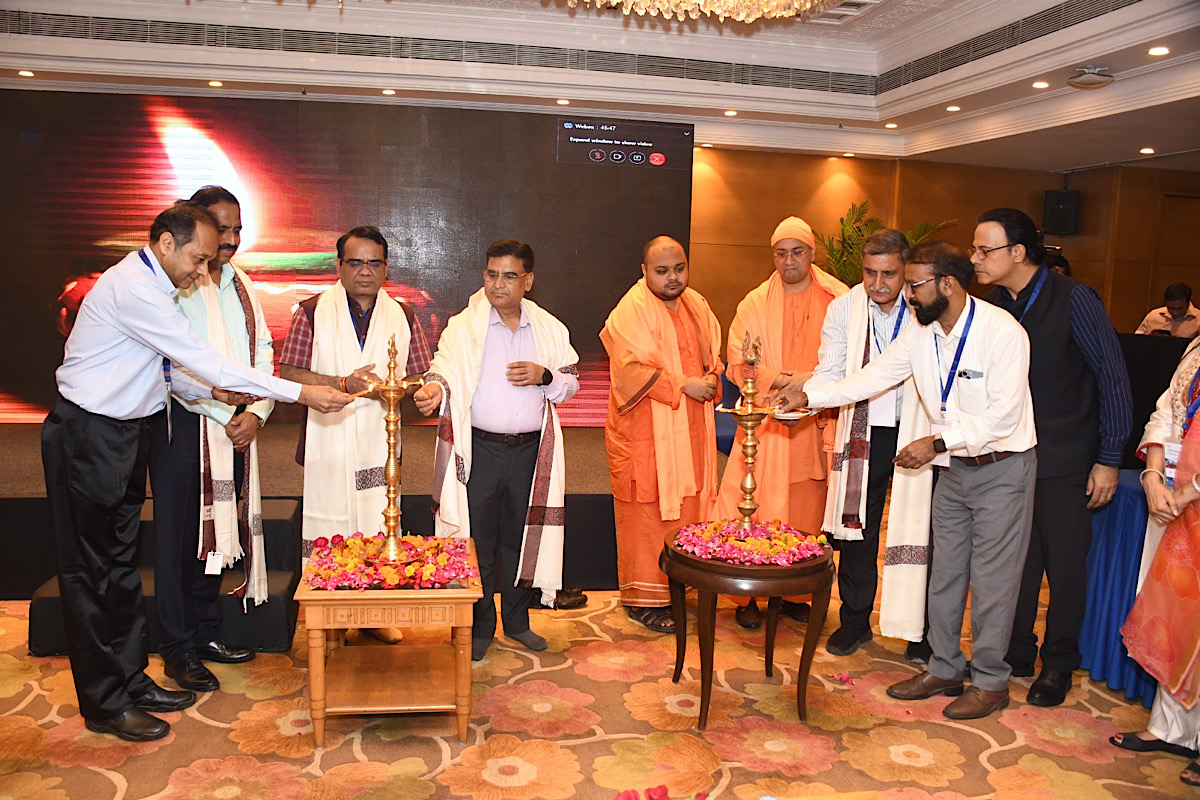85,294 persons screened for TB in HP’s Kinnaur
The District Health Department has implemented an ACF campaign in all three blocks of district Kinnaur to achieve TB Mukt Bharat Abhiyan.
A conference ‘CNS Tuberculosis: Challenges and Solutions’ organised by a team of highly-experienced doctors in Delhi was attended by medical experts from across India.

(Photo:SNS)
Identifying the challenges to addressing the problem of Central Nervous System (CNS) Tuberculosis, experts from different fields, especially neurosurgery, neurology, respiratory medicine, critical care, radiology, among others explored all possible solutions during an event here on Saturday (April 27).
A conference ‘CNS Tuberculosis: Challenges and Solutions’ organised by a team of highly-experienced doctors in Delhi was attended by medical experts from across India.
There was a consensus among the experts at the event that Tuberculosis (TB) is a major health crisis in India with 220,000 deaths caused by the disease every year. In 2020, the Indian government came up with an ambitious target of eradicating tuberculosis from the country by 2025 through its National TB Elimination Program.
Advertisement
Central nervous system (CNS) with extremely devastating clinical manifestations was noted in 5 to 10 per cent of extrapulmonary TB cases, and accounts for approximately 1 per cent of all TB cases.
The experts were of the view that the management of CNS TB is largely different from TB elsewhere in the human body and its mortality and morbidity are very high in comparison. The biggest problem in the management of CNS TB is delayed diagnosis due to a lack of typical signs and symptoms.
The treatment is also complicated due to a lack of typical radiological features and follow-up is complicated by a lack of typical findings.
To address some of these issues, the experts said they have designed a clinical scoring system that is well-accepted and easily usable, and any doctor needs just to fill in the blanks. It has been created to give a predictive value so that a triage can be done and patients likely to have TB can be identified and can be investigated accordingly.
A similar radiological grading has been done and findings have been defined for ease of use and universality both these have been developed with the aid of artificial intelligence and an algorithm has been made.
A new surgical technique from India was also discussed for some patients who need surgery. This new indigenous technique is published and accepted worldwide as it showed a significant improvement in the patient.
One of the main highlights of the event was the announcement of a research grant for brain shunt management. A new innovative method of measuring brain oxygenation was discussed for which the team has been awarded a research grant by the Research Department of Sir Ganga Ram Hospital where a team doctors measure these levels that help them in predicting the outcome of brain shunt management.
The entire program was planned in two parts. The first covered six individual speaker presentations followed by a presentation on take home message on summary of solutions to the problem raised in the six talks. Afterwards, a panel discussion was done by experts addressing topics specific to typical problems faced in brain TB shunt management.
One of the key members of the organising team and Senior Consultant and professor of Neurosurgery at Sir Ganga Ram Hospital, Dr Samir Kalra delved into details of Brain Shunt Management. He said, “Amongst the most common conditions that affect the brain is hydrocephalus which means increased content of normal brain fluid known as cerebrospinal fluid. The treatment of this condition is done by a shunt tube which drains this extra fluid into the abdominal cavity and restores the brain pressure to normal. This tube gets blocked commonly at the abdominal end and in that case, a repeat surgery has been done. This happens in 10 to 20 percent of operated patients.”
“Our technique, which is well accepted, presented, and published internationally utilises laparoscopic aid and reduces this complication rate to around 1 to 5 percent,” concluded Dr. Kalra.
Advertisement